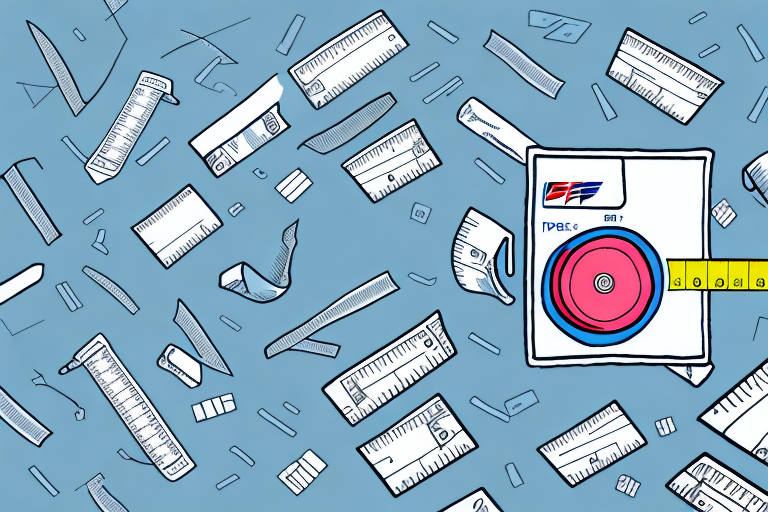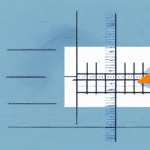Handling FedEx Packages with a Second-Longest Side Exceeding 30 Inches
Shipping large, heavy, or bulky items with FedEx requires understanding their additional handling guidelines to avoid unexpected fees and ensure timely delivery. This comprehensive guide covers FedEx's handling policies, how to properly package oversized items, and tips to manage your shipments efficiently using FedEx's online tools.
Understanding FedEx's Additional Handling Guidelines
FedEx imposes additional handling requirements for packages that exceed certain size and weight limits. Specifically, packages may incur extra fees if:
- The second-longest side exceeds 48 inches.
- The combined length and girth is 130 inches or more.
- The package weighs over 70 pounds.
Proper labeling is crucial for oversized packages. Using the correct FedEx label alerts employees to handle the package with care, reducing the risk of delays or damage. Additionally, robust packaging materials such as reinforced boxes and cushioning help protect the contents and ensure the safety of handlers.
Calculating Package Dimensions and Dimensional Weight
Measuring the Second-Longest Side
The second-longest side of a package, often referred to as the "depth," significantly impacts shipping fees. Accurate measurement involves using a tape measure or ruler to determine the second-longest dimension, including any closures or flaps.
Understanding Dimensional Weight
Dimensional weight is calculated by multiplying the package's length, width, and height (in inches) and dividing by a dimensional factor, typically 166 for FedEx. FedEx charges based on the greater of the actual weight or dimensional weight. This method ensures that shipping costs are fair for both small, heavy packages and large, lightweight ones.
According to the FedEx official guidelines, dimensional weight pricing helps streamline logistics and optimize shipping efficiency.
Packaging Tips to Avoid Additional Fees
To minimize extra handling fees, adhere to the following packaging strategies:
- Use Sturdy Materials: Select boxes that can support the item's weight to prevent bursting or collapsing.
- Protect Contents: Utilize bubble wrap, foam inserts, or other padding materials to safeguard items from impact.
- Optimize Size: Choose compact and lightweight packaging to stay within size and weight limits.
- Accurate Labeling: Ensure shipping labels are clear, legible, and securely attached to prevent damage or loss during transit.
- Secure the Package: Use strapping tape or other securing methods to keep the package intact during handling.
Proper packaging not only protects your items but also reduces the risk of incurring additional fees associated with oversized or improperly packaged shipments.
Choosing the Right FedEx Service and Carrier
FedEx offers a variety of services tailored to different shipping needs:
- FedEx Ground: Ideal for cost-effective, day-definite deliveries within North America.
- FedEx Express: Suitable for time-sensitive shipments requiring overnight or 2-day delivery options.
- FedEx Freight: Designed for large, heavy, or bulky shipments that need specialized handling.
For oversized or heavy packages, FedEx Freight is often the most appropriate choice, offering tailored solutions to meet specific shipping requirements.
Managing Shipments with FedEx's Online Tools
FedEx provides a suite of online tools to streamline shipment management:
- FedEx Online Shipping: Create shipping labels, track packages, and manage your account efficiently.
- FedEx Delivery Manager: Customize delivery preferences, provide specific instructions, or reschedule delivery times to suit your needs.
These tools enhance the shipping experience by offering flexibility and control over your shipments, ensuring that your packages are handled according to your preferences.
Handling Damaged Packages and Filing Claims
Despite careful packaging, damage can occasionally occur during transit. If your package arrives damaged, it's important to act promptly:
- File a Claim: Submit a damage claim through the FedEx website or by contacting customer service directly.
- Provide Necessary Documentation: Include your tracking number, invoices, and any relevant receipts to expedite the claims process.
- Follow Up: Maintain communication with FedEx to ensure your claim is being processed efficiently.
Timely filing of claims can help you recover costs associated with damaged shipments and improve the handling process for future packages.
Best Practices for Shipping Large or Fragile Items
Shipping oversized or fragile items requires extra precautions to ensure safe delivery:
- Select Appropriate Packaging: Use reinforced boxes and sufficient padding to protect fragile items.
- Accurate Measurement: Double-check the dimensions and weight to avoid unexpected fees.
- Secure the Package: Utilize strapping tape and secure closures to prevent shifting during transit.
- Consider Additional Handling Services: For particularly delicate or valuable items, opting for FedEx's additional handling services can provide extra assurance.
Adhering to these best practices helps minimize the risk of damage and ensures that your large or fragile items arrive safely and efficiently at their destination.
Common Mistakes to Avoid When Shipping Large Items with FedEx
To ensure a smooth shipping experience, avoid the following common mistakes:
- Improper Packaging: Using inadequate materials can lead to damage or increased fees.
- Inaccurate Measurements: Failing to measure dimensions correctly may result in unexpected costs.
- Ignoring Guidelines: Not adhering to FedEx's additional handling policies can cause delays or mishandling.
- Overlooking Dimensional Weight: Failing to account for dimensional weight can lead to higher shipping costs.
- Poor Labeling: Incorrect or unclear labels can cause delivery issues and delays.
By being mindful of these common pitfalls, you can enhance the efficiency of your shipments and avoid unnecessary complications.
How FedEx Additional Handling Affects Delivery Times
Opting for additional handling services may extend the overall delivery time due to the extra care and processing required. When planning your shipment, consider the following:
- Processing Time: Additional handling may require more time during the sorting and transportation stages.
- Scheduling: Coordinate delivery schedules in advance to accommodate any potential delays.
Understanding how additional handling influences delivery timelines allows you to better manage expectations and plan accordingly, especially for time-sensitive shipments.
Conclusion
Shipping oversized packages with FedEx requires careful planning and adherence to their additional handling guidelines. By accurately measuring your package, using appropriate packaging materials, and leveraging FedEx's online tools, you can ensure your shipments are processed efficiently and arrive safely. Avoid common mistakes and consider additional services as needed to optimize your shipping experience and minimize extra fees.






















